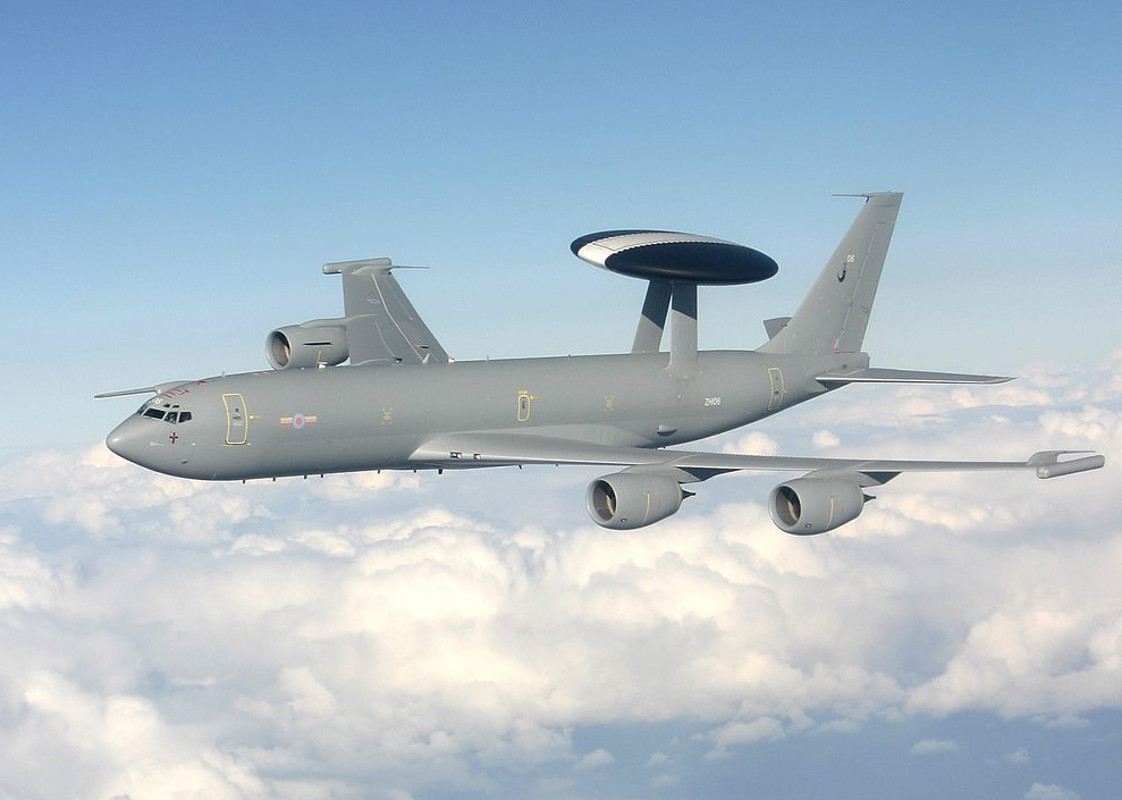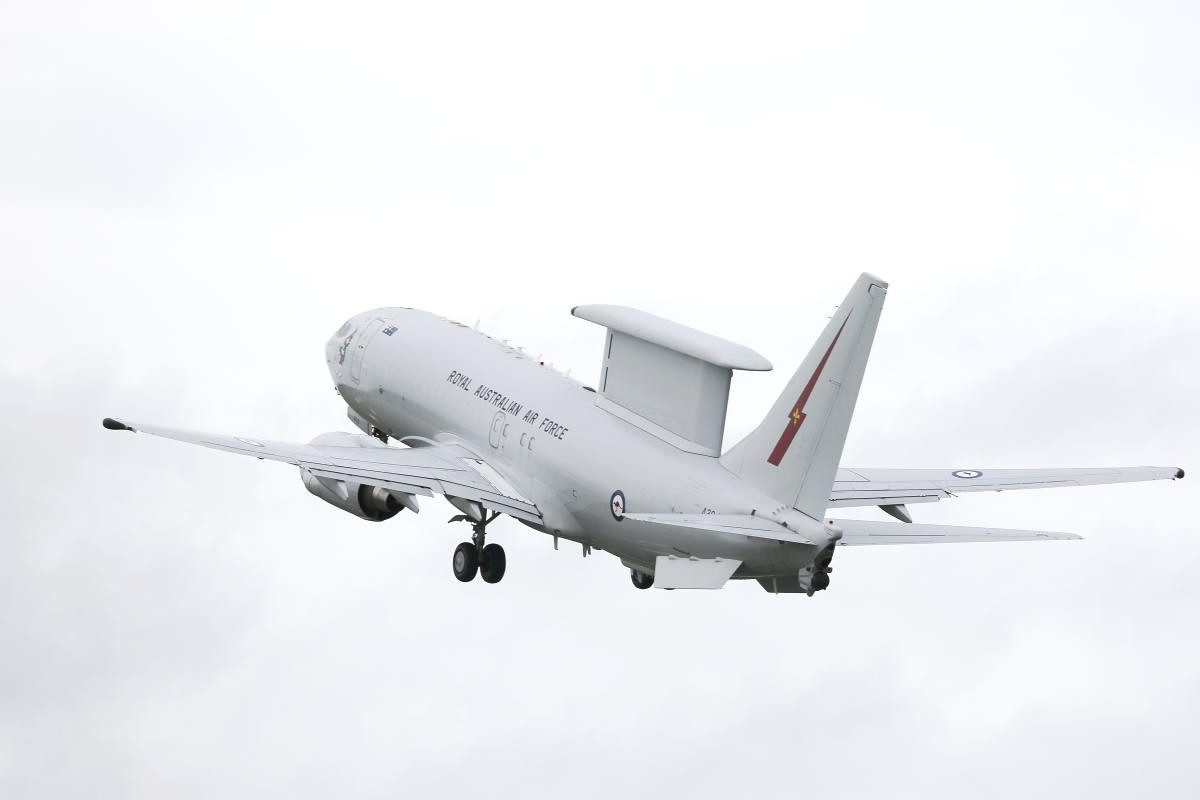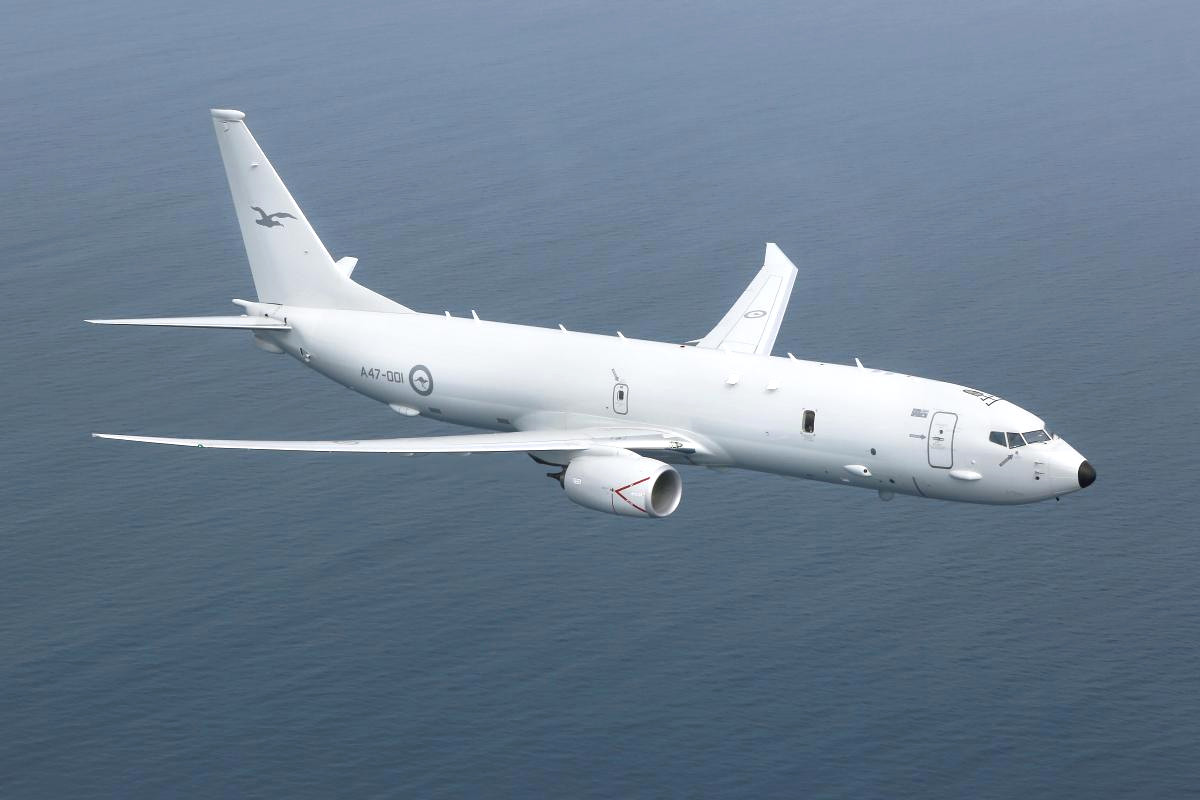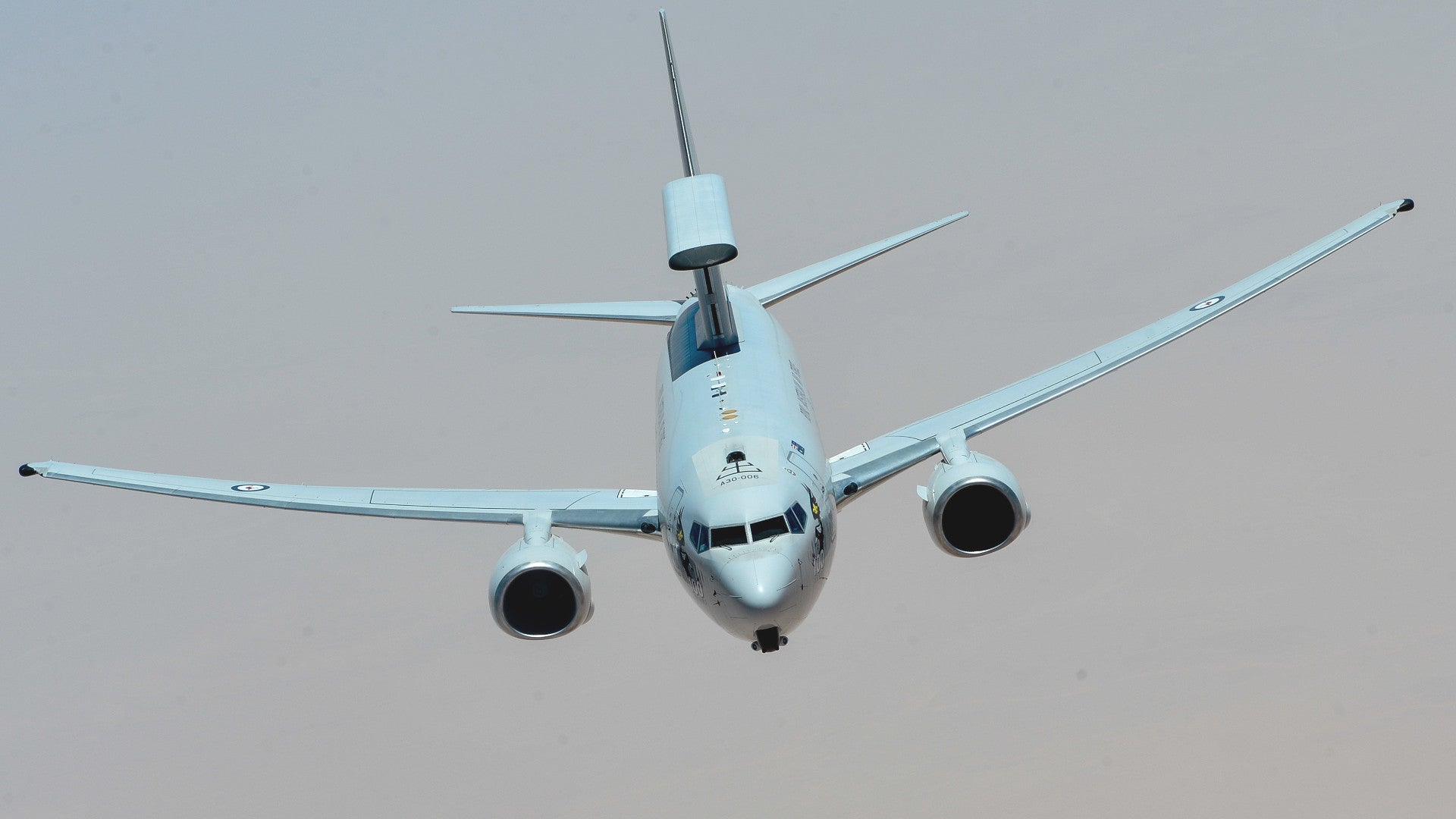The U.K. Ministry of Defense has confirmed it has been talking with American planemaker Boeing about a multi-billion dollar purchase around six E-7A Wedgetail airborne early warning and control aircraft to replace its existing fleet of E-3D Sentries. The United Kingdom argues that the new design is a capable and cost-effective option that will share some components with the country’s forthcoming P-8A Poseidon maritime patrol aircraft, as well as improve cooperation with the first Wedgetail operator, Australia. Unfortunately, there are already concerns and complaints brewing about whether the U.K. government’s potential decision not to hold an open competition doesn’t provide enough benefits to the country’s own domestic defense industry.
In public comments ahead of a meeting with other top defense officials from NATO member states on Oct. 3, 2018, U.K. Defense Secretary Gavin Williamson acknowledged the discussions with Boeing and offered more detail about the prospective deal. Britain’s Financial Times had been the first to report that the country’s authorities were in “exclusive talks” with the American company about the Wedgetails. The prospective deal is reportedly for the purchase of between five and seven E-7As, as well as ancillary equipment and services, for a total cost of more than $2.6 billion.
“The Wedgetail is the stand-out performer in our pursuit of a new battlespace surveillance aircraft, and has already proved itself in Iraq and Syria,” Williamson said. “Running air operations from the sky, it could be an excellent asset for the RAF and give us a real edge in this increasingly complex world.”
Boeing began development of the aircraft, which is derived from the 737 Next Generation airframe, in the 1990s at the request of Australia. The Royal Australian Air Force formally took delivery of the first two aircraft in 2010. As Williamson noted, the country has since deployed them to support operations against ISIS terrorists in the Middle East. South Korea and Turkey have also bought small numbers of the aircraft.

The E-7A, also known as the 737 AEW&C, standing for airborne early warning and control, features a large Northrop Grumman Multi-role Electronically Scanned Array (MESA) radar mounted on top of the rear portion of the fuselage. The system has air and sea-search modes and a maximum detection range, depending on various environmental and other factors, of more than 370 miles.
In addition, it has an expansive communications and data link suite to help coordinate friendly operations and share information between various assets in the air and down below. Australia has already embarked on a $443 million plan to upgrade the radar capabilities, networking functionality, and other features on its six aircraft in the future, enhancements that may then also be available for future Royal Air Force aircraft.

All of this offers significantly improved capability over the Royal Air Force’s E-3Ds, another Boeing product, which first entered service in 1992. The smaller, more modern 737-derived design is also more fuel efficient and less maintenance intensive.
On top of that, the Royal Air Force is already slated to begin operating Boeing’s P-8A Poseidon maritime patrol aircraft in 2019, another aircraft based on the Next Generation 737 (the closest commercial equivalent is the 737-700). With the two aircraft sharing the same engines and various other components, the United Kingdom could further reduce operating costs and streamline portions of the maintenance and logistics pipelines by selecting the Wedgetail.

The U.K. Ministry of Defense also sees the E-7A as a path to greater cooperation and interoperability with long-time ally Australia. This could be particularly important as the United Kingdom looks to increase its military capacity in the Pacific Region.
“Our future with Australia will already see us operate the same maritime patrol aircraft, world-class Type 26 warships and supersonic F-35 jets,” Defense Secretary Williams explained. “Wedgetail may join that formidable armory and help us work together to take on the global threats that we both face.”
Members of the Royal Air Force have already been in that country since the middle of 2018 training to fly the Wedgetail. This strongly indicates that the United Kingdom’s discussions with Boeing about the purchase may be quite far along already.
All told, the E-7A does seem to be a good fit for the United Kingdom’s requirements and one that could help it cut sustainment costs in the future. This latter point is particularly important given fears about further rounds of defense spending cuts amid already tightening budgets and concerns about the economic impacts of the country’s planned exit from the European Union, also known as the British Exit or Brexit.

But with those same things in mind, there are also concerns about whether handing the E-3D replacement deal to a foreign company without an open competition will benefit domestic concerns in the United Kingdom. The U.K. Defense Ministry focused heavily on industrial cooperation on defense projects in its new Combat Air Strategy, which it released in July 2018.
“The MoD [Ministry of Defense] will work closely with Boeing to ensure [exploration of] how Britain’s leading defense industry could also benefit from any deal,” Defense Secretary William noted. “If selected, U.K. industry could be involved significantly with the program, from modification work to through life support,” the Ministry said in a separate statement, according to Defense News.
“We work with our U.K. supply chain, government and military partners to provide critical capability, U.K. content, U.K. exports, skills and value for money to our armed forces,” a Boeing spokesperson also told that outlet. The U.K.-based Marshall Aerospace and Defense Group already builds fuel tanks for the P-8A and Boeing itself already employs 2,300 people in the United Kingdom to support that program. The American firm could easily make similar arrangements to support a Royal Air Force E-7A program.
There is still a growing fear that this could leave companies in the United Kingdom at an increasing disadvantage, though, and there has been growing criticism of the Ministry of Defense’s increasing use of sole-source contracts in general. The contract with Boeing for the P-8As was awarded without a competition, as was a separate deal with the company for more AH-64 Apache attack helicopters.

At the same time, the United Kingdom has to be eager to avoid a repeat of the debacle over the upgrade of its Nimrod maritime patrol and electronic intelligence planes, a project that dragged on for more than a decade before the Ministry of Defense finally canceled the deal in 2010. U.K. authorities subsequently decided to purchase received Airseeker intelligence-gathering aircraft, a derivative of the U.S. Air Force’s RC-135W Rivet Joint, and the P-8As.
Still, snubbing European firms as tensions rise over Brexit, could risk upsetting negotiations to cooperate on other high-profile defense projects in the future, as well. Airbus and Saab had reportedly been in talks to jointly pitch a design that would mate the latter company’s Erieye radar, a feature of its GlobalEye aircraft, with an Airbus airframe. Saab had plans to simply offer the GlobalEye itself, which is based on the Canadian Bombardier Global 6000 business jet and is much smaller than the E-7A. Israel Aerospace Industries had also expressed an interest in making an offer to the United Kingdom and is in the midst of its own spat with Boeing.

If the deal does go through, it would be another significant win for Boeing, which has already secured three major U.S. military aviation contracts in 2018. The company is now set to build the U.S. Navy’s MQ-25A tanker drone and MH-139 helicopters and T-X jet trainers for the U.S. Air Force.
There have also been reports that the American planemaker is aggressively pursuing these deals with very appealing low-cost bid offers. With the other benefits the Wedgetail could provide the Royal Air Force in terms of improved airborne command and control capability and reduced sustainment demands, Boeing’s pitch may be too attractive to pass up.
With the United Kingdom already sending pilots to Australia to train on the type, the deal may already be a foregone conclusion. There’s no set timeline for the Ministry of Defense to formally decide on its strategy for replacing the E-3Ds, but we could be looking another announcement coming about this program in the near future.
Contact the author: jtrevithickpr@gmail.com
